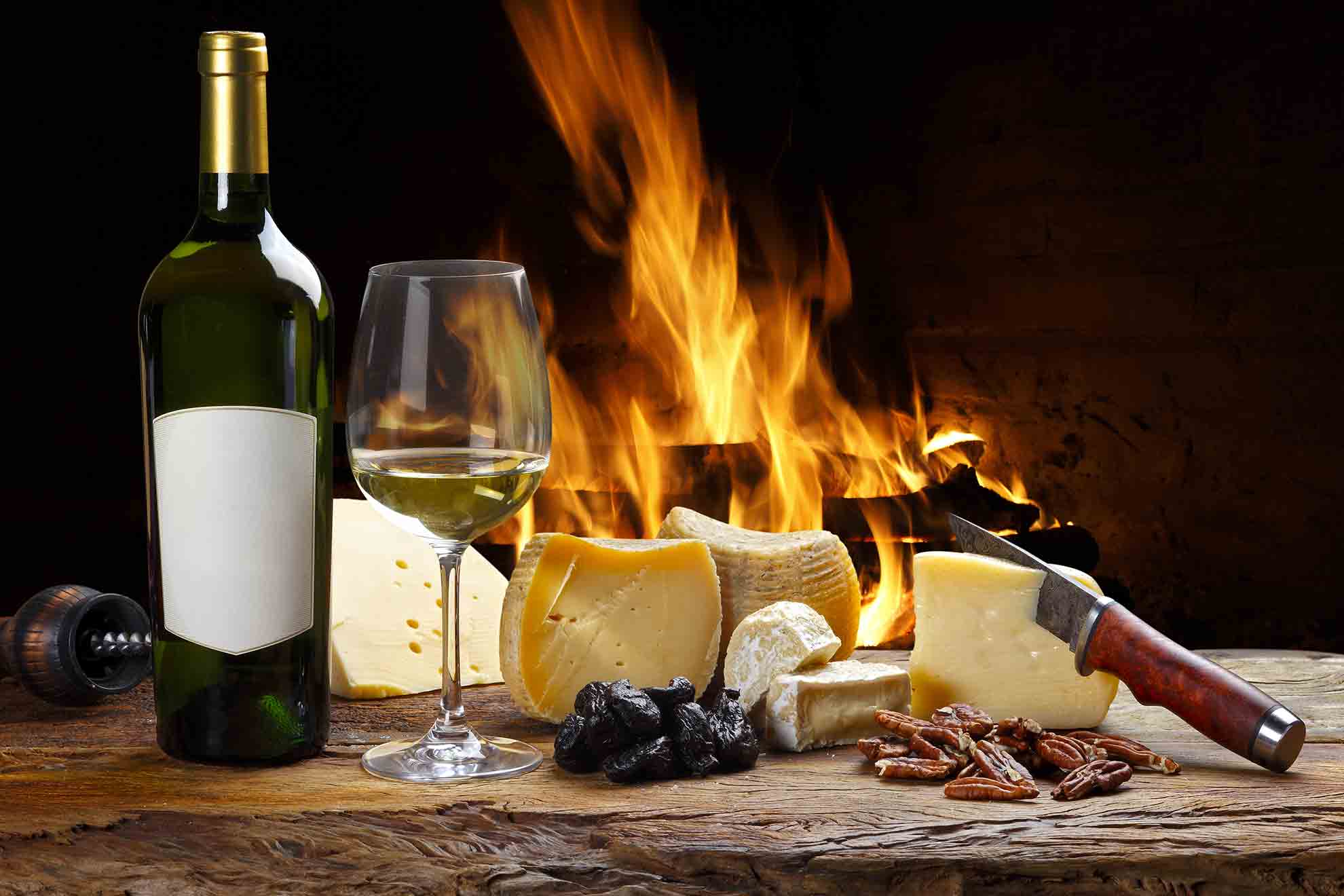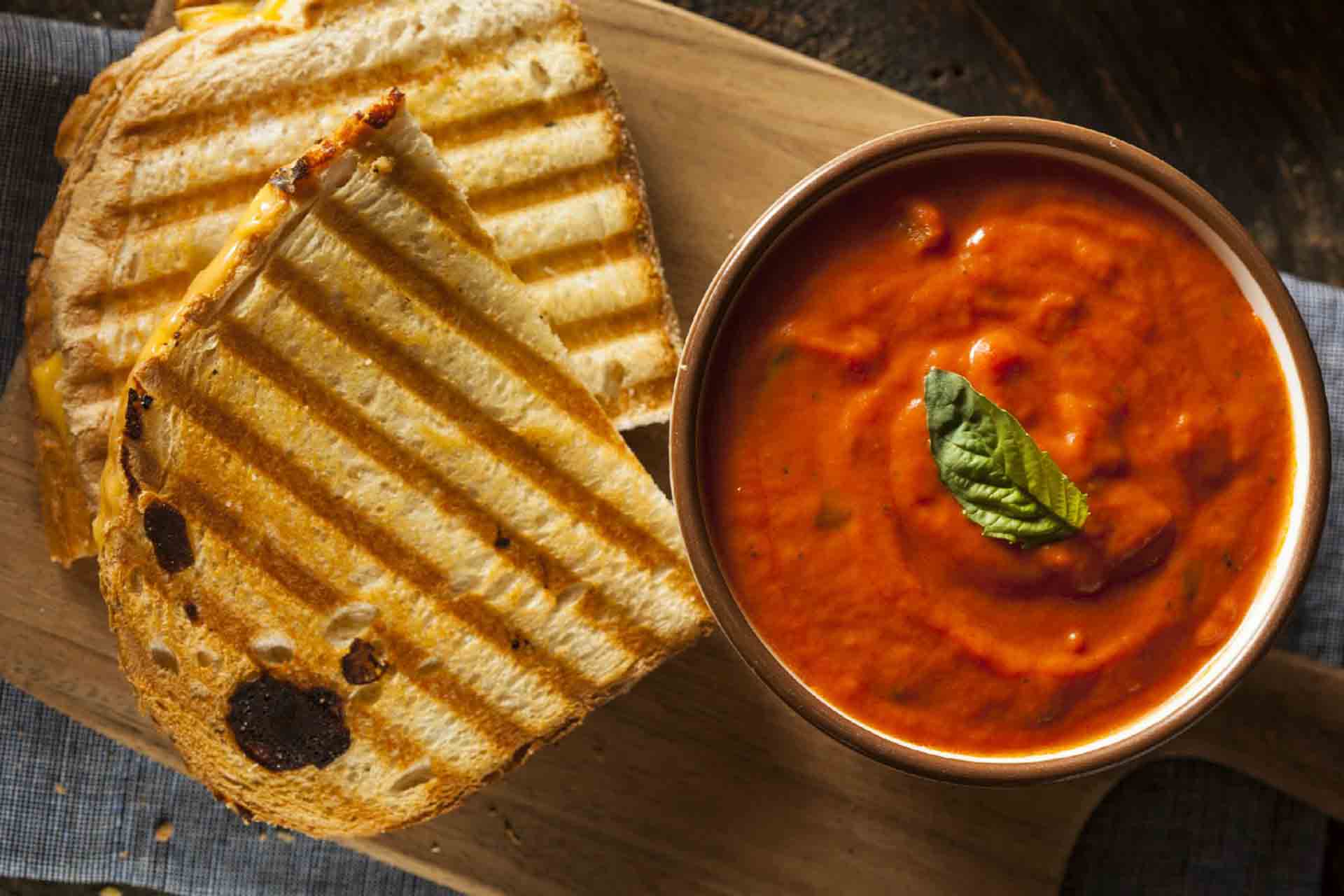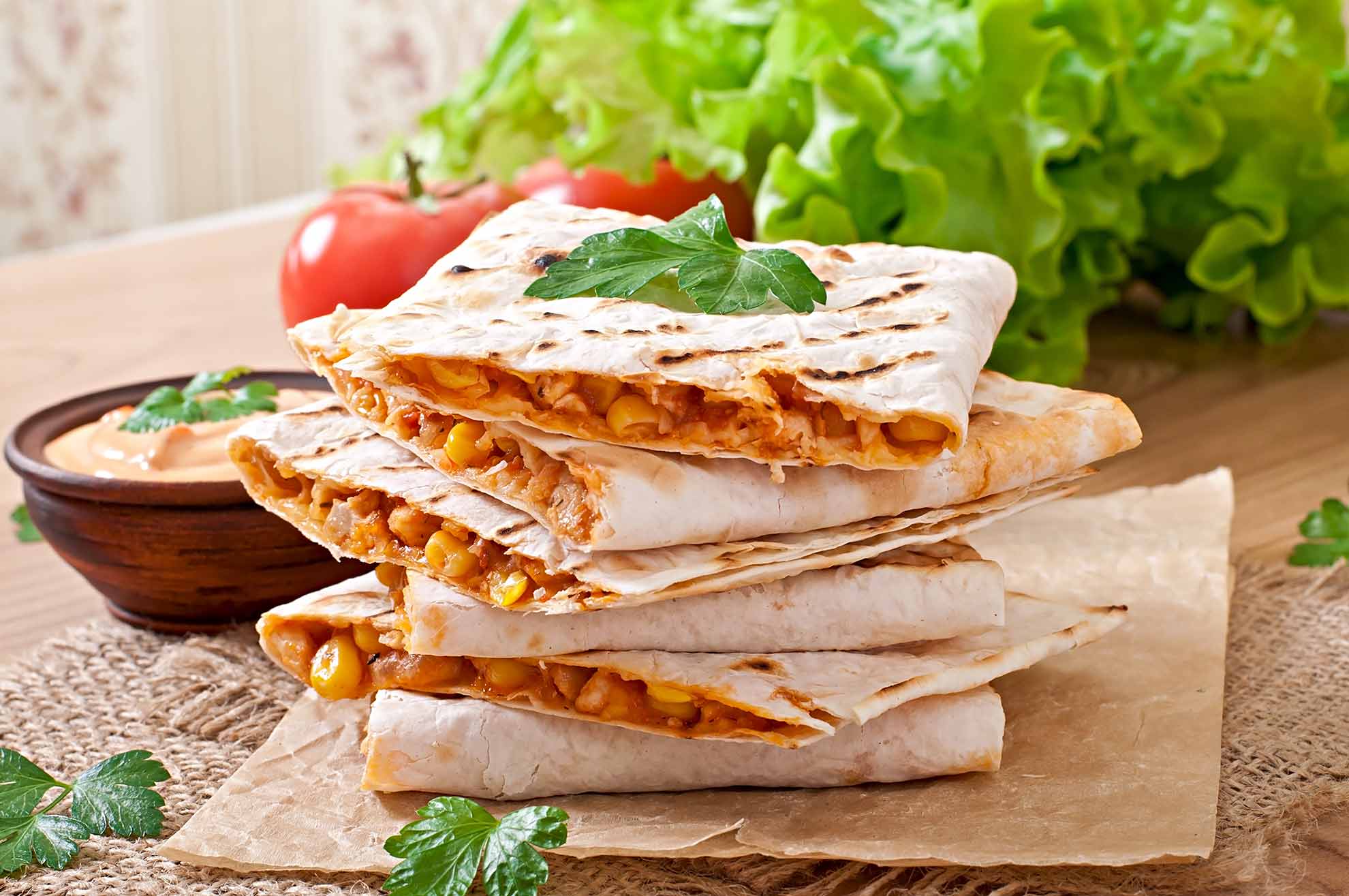
Cheese and Wine Pairing Cheat Sheet!
The age old combination of cheese and wine has gotten us through some tough times. At the end of a long week sometimes a stock-standard cheddar on a stale cracker and wine from a casket will do. But for those wanting to add a dash of finesse to their cheese and wine nights, here’s a few handy tips to make wine and cheese matching easy as brie.
Perfectly matching wine and cheese can be a complex exercise, but we’re here to give you the basics without having to be a sommelier.
The beauty of variety
The best part about wine and cheese tasting is that you’re able to taste a whole variety of contrasting flavours. Cheeses vary in moisture, fat content, texture and flavour. Wines alike, vary in acidity, body, sweetness and structure. Set up a platter with 4-5 cheeses, making sure to incorporate a variation of soft, hard, strong, mild, young, and aged cheeses. 3-4 varieties of wine, or perhaps 2 red and 2 white should be enough to keep it interesting.
Big wines with big cheeses
In general, you want to taste bigger wines with stronger cheeses and lighter wines with milder, more subtle cheeses. For example, a bold, full-bodied red would go well with a strong smelling, punchy blue cheese. Your refreshing white wine selection will go well with a delicate, mild, soft cheese.
Texture pairings
Red wine goes well with hard cheeses and white wine for soft. But this is not a strict rule! With cheese makers getting incredibly creative these days, don’t be afraid to try a cheese you haven’t experienced before and choose the wine you decide pairs well according to your palate.
Temperature
Temperature is very important when serving cheese and wine. Cheese should be served at room temperature, so before your guests arrive be sure to remove them from the refrigerator and keep covered for an hour or two before you are due to taste. Serving cheese at room temperature brings out the flavours more than at a lower temperature. Be sure to also serve your white wine chilled and red wine just below room temperature.
Tasting Order
When serving, arrange the cheese in tasting order. Order the cheeses from mild to strong, young to aged, soft to hard. Blue cheeses tend to be very punchy and strong, so you’ll often find it appropriate to end on a blue. Serve the tastings with water to cleanse the palate between tastings.
Accompaniments
When choosing crackers, be sure not to choose anything with too much flavour or added salt. Rice crackers with added salt will often be overpowering and take away from the flavour of the cheeses, in particular the more delicate, subtle ones. Cheese also goes great with fruit and nuts, such as almonds and grapes.
Cheese Pairing Examples
No cheat sheet would be complete without the really easy stuff- if you’re stuck for inspiration head to the supermarket or local market with the list below. The more you taste the more you’ll know!
Fresh and Soft Cheeses
Cheeses: Brie, Camembert, Mozzarella, Burrata, Chèvre, Feta,
Pair with: Riesling (dry to sweet), Moscato, Champagne, Cava, Pinot Gris, Pinot Grigio, Chardonnay, Sauvignon Blanc, Beaujolais
Medium Aged Cheeses
Cheeses: Edam, Emmental, Gruyère, Jarlsberg, young Cheddar, Monterey Jack, Manchego
Pair with: Chardonnay, white Burgundy, white Bordeaux, Pinot Blanc, Riesling (off-dry), Champagne, red Burgundy, Pinot Noir, Beaujolais, Merlot
Washed Rind/ Stinky Cheeses
Cheeses: Époisses, Taleggio, Morbier
Pair with: Gewürztraminer, Riesling, Sauternes, red Burgundy, Pinot Noir
Blue Cheeses
Cheeses: Stilton, Gorgonzola, Roquefort, Cambozola, Bleu d’Auvergne
Pair with: Red Port, Tawny Port, Sauternes, Oloroso sherry




